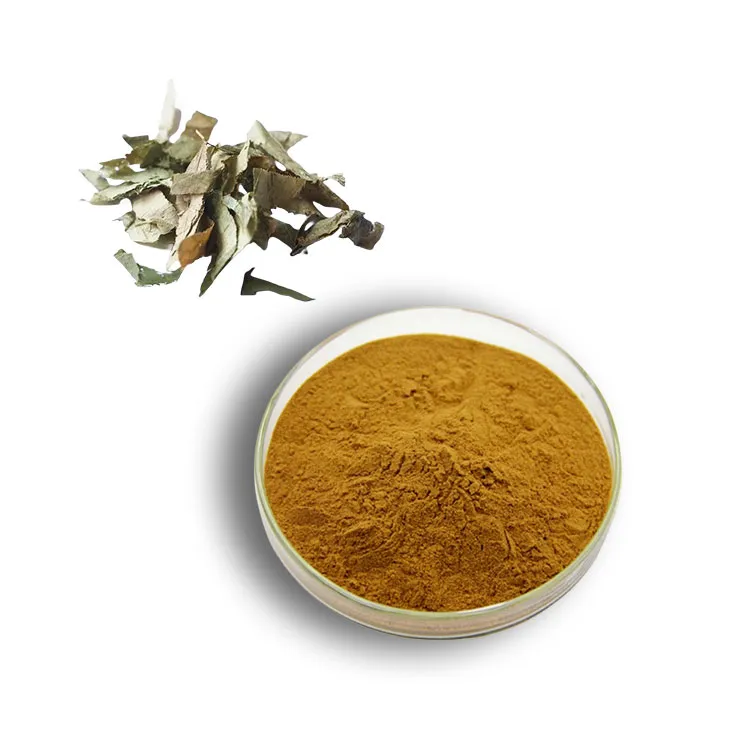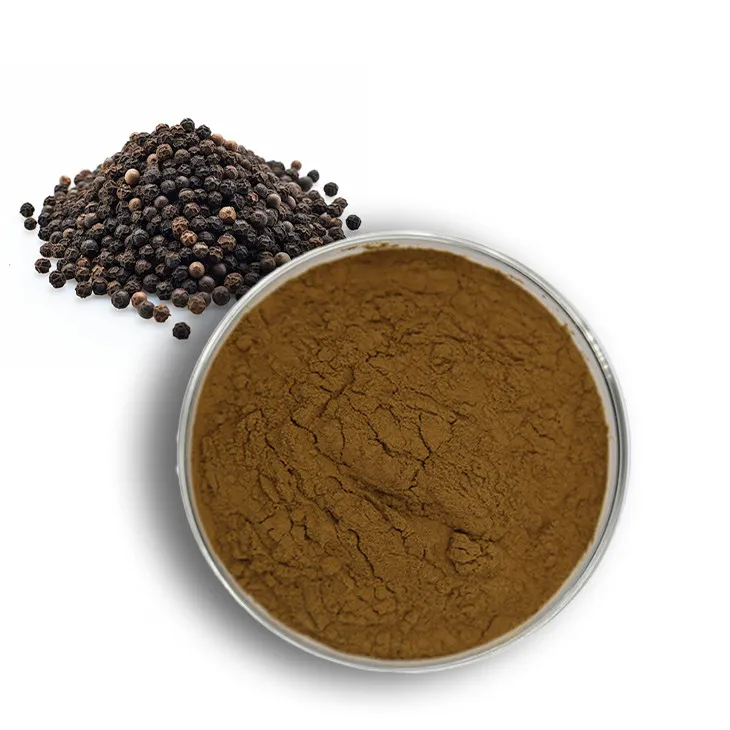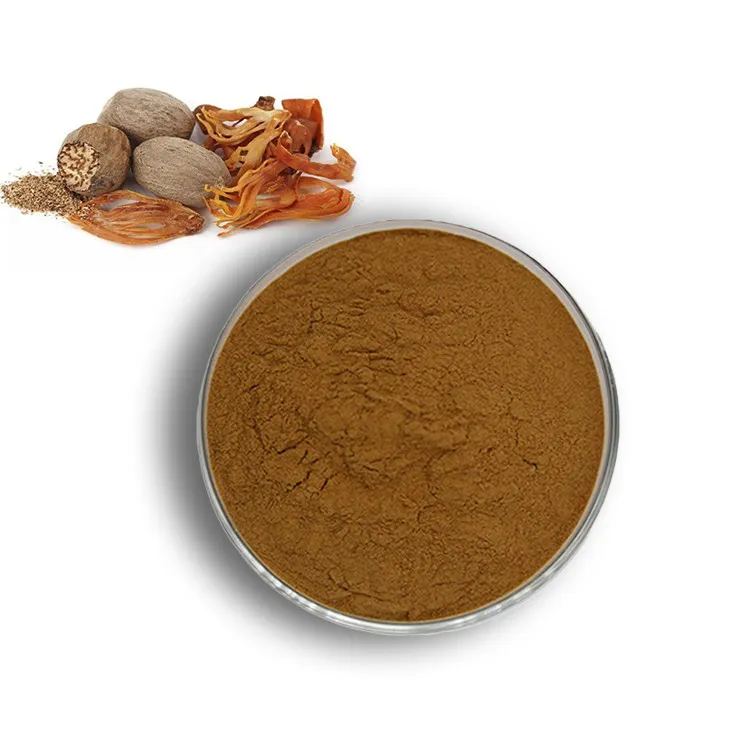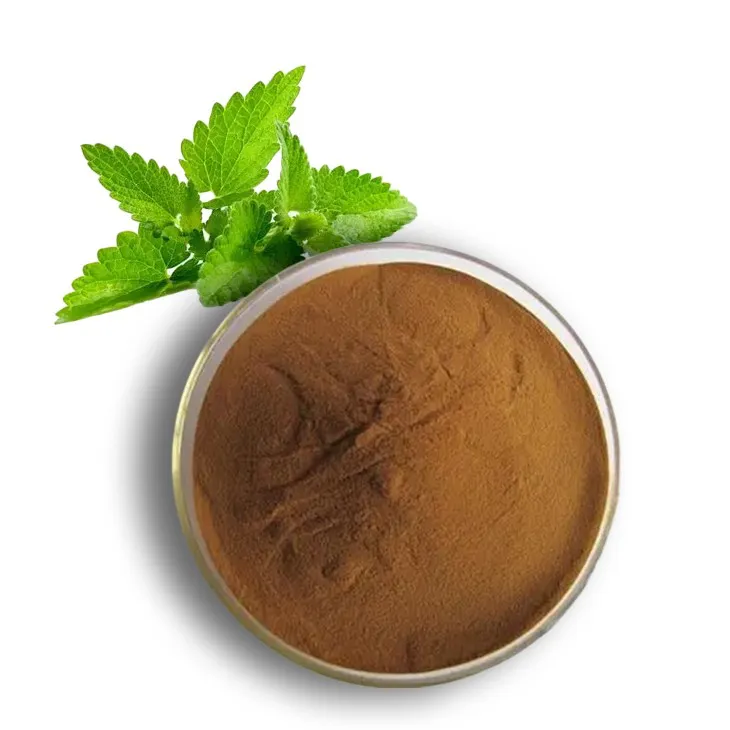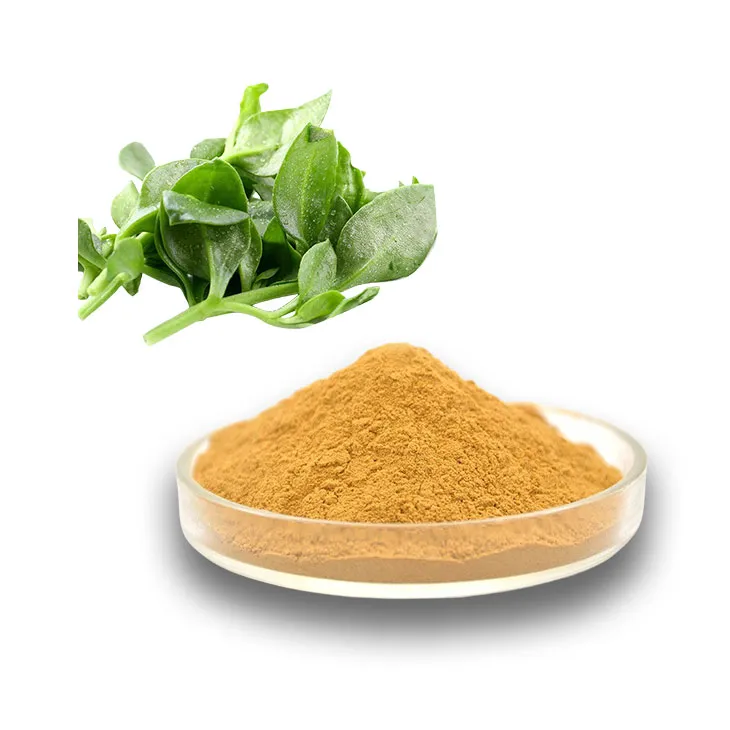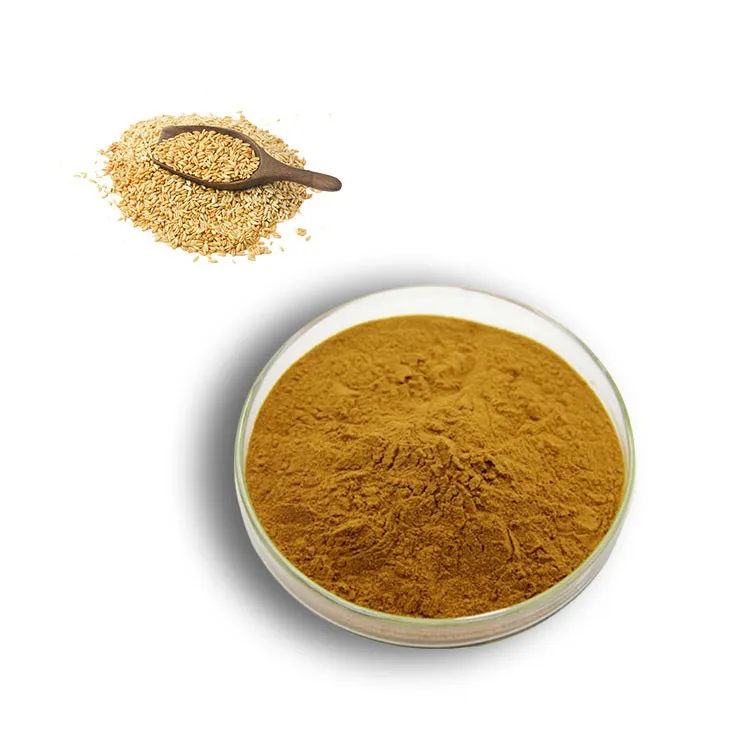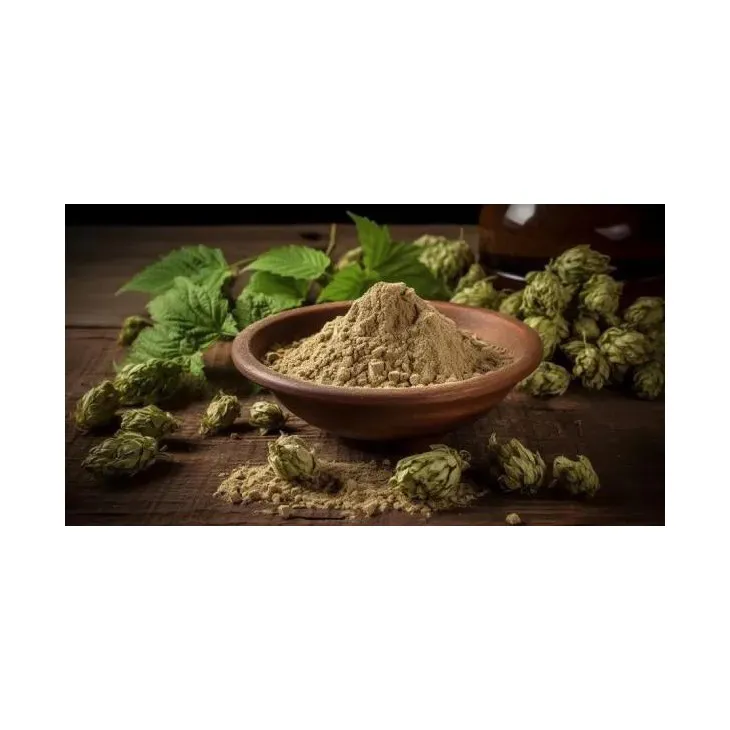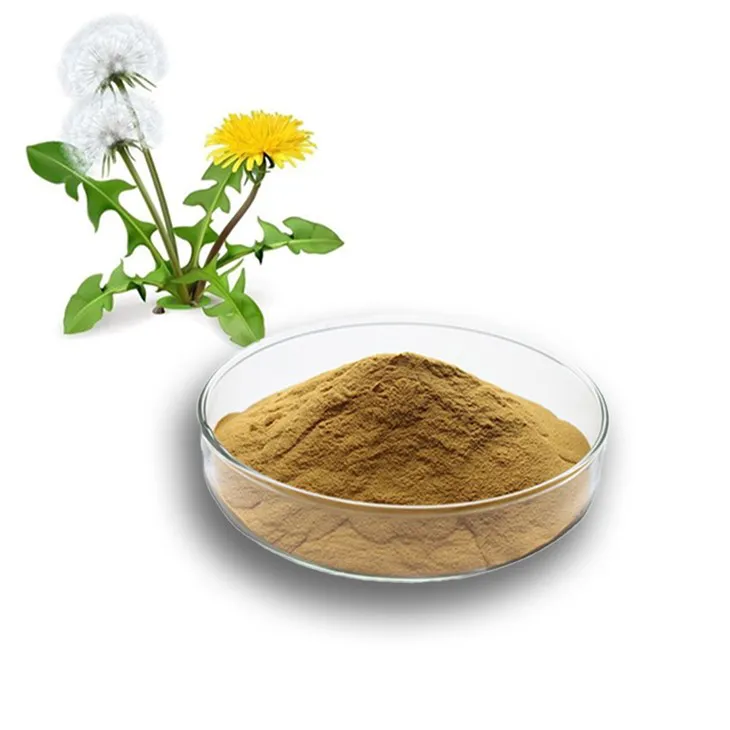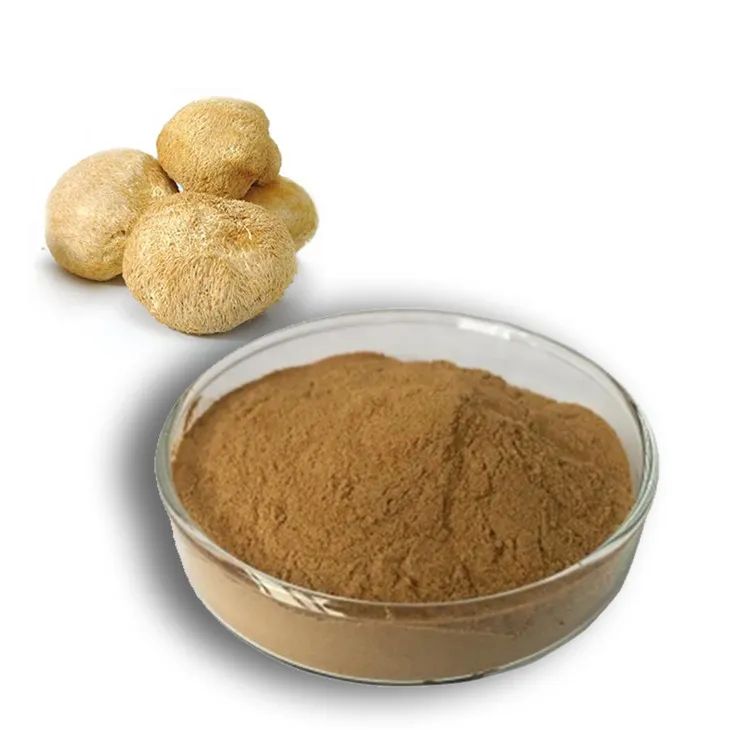- 0086-571-85302990
- sales@greenskybio.com
Hesperidin: Its Origins, Benefits, and Applications
2025-06-20
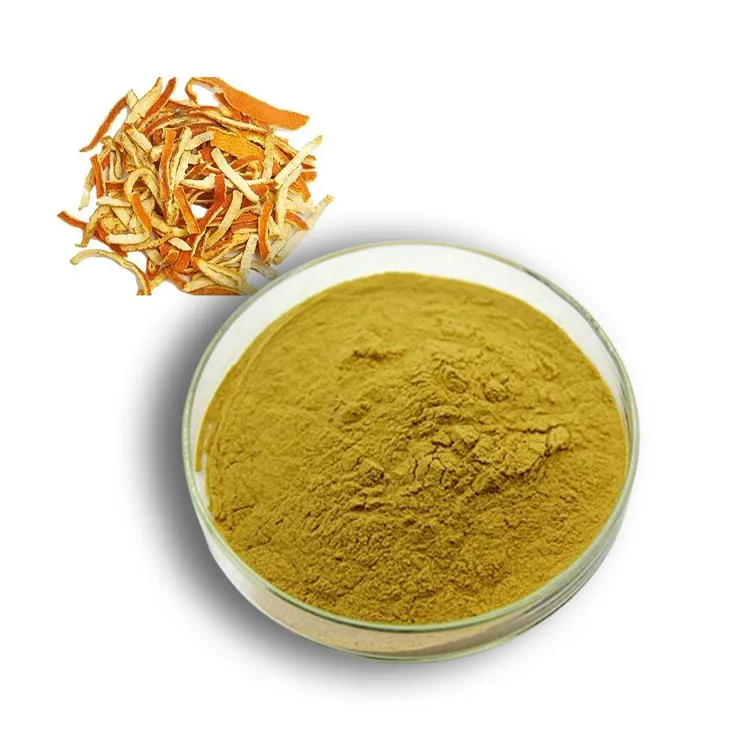
In the world of plant-based compounds, Hesperidin stands out as a notable flavonoid with an array of potential health benefits. Found predominantly in citrus fruits, Hesperidin is celebrated for its antioxidant and anti-inflammatory properties. As research continues to uncover its diverse applications in health and wellness, it is crucial to understand where Hesperidin is derived from, how it functions, and the ways it can be utilized. This article delves into the origins, benefits, and modern uses of hesperidin, providing a comprehensive overview of this impactful natural compound.
Origins of Hesperidin
Hesperidin is a flavonoid glycoside, specifically a citrus bioflavonoid, which means it is naturally occurring in citrus fruits. The compound was first isolated in 1828 and is named after "Hesperides," the mythological Greek nymphs of the evening and golden light of sunset, alluding to the compound's citrus origins. Hesperidin is most abundantly found in the peels of citrus fruits, such as oranges, lemons, and grapefruits. The white pith or the mesocarp of these fruits also contains significant amounts of hesperidin.
The primary sources of hesperidin include:
1. Oranges (Citrus sinensis): Oranges are the most well-known source of hesperidin. Both the juice and the peel of oranges contain this flavonoid, with higher concentrations typically found in the peel.
2. Lemons (Citrus limon): Lemons provide a substantial amount of hesperidin, especially in the peel. Lemon's tangy flavor and zest are indicative of the flavonoids present.
3. Grapefruits (Citrus paradisi): Grapefruit peels also contain hesperidin along with another citrus flavonoid called naringin, contributing to their slightly bitter taste.
4. Tangerines and Mandarins (Citrus reticulata): Similar to other citrus fruits, tangerines and mandarins serve as sources of hesperidin, with their skins being particularly rich in this compound.
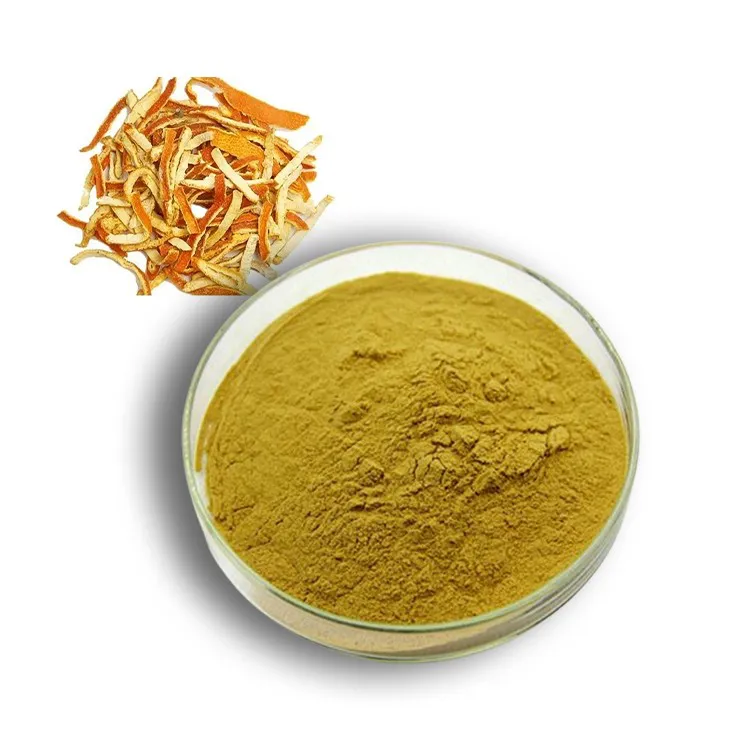
How Hesperidin Works: Antioxidant and Anti-inflammatory Effects
Hesperidin exerts multiple biological effects, primarily due to its antioxidant and anti-inflammatory properties. It acts as a potent antioxidant by neutralizing free radicals, reactive molecules that can damage cells and contribute to chronic diseases such as cancer, cardiovascular diseases, and neurodegenerative disorders. By scavenging these free radicals, hesperidin helps reduce oxidative stress, thereby potentially protecting against cell damage and promoting overall health.
Furthermore, the anti-inflammatory effects of hesperidin are significant. Inflammation is a natural immune response, but chronic inflammation is linked to a host of health issues, ranging from heart disease to arthritis. Hesperidin is known to modulate the body’s inflammatory response by inhibiting the production of pro-inflammatory cytokines, molecules that signal the presence of inflammation. Through these actions, hesperidin may aid in alleviating conditions associated with chronic inflammation.

Health Benefits and Applications of Hesperidin
The beneficial properties of hesperidin extend into several areas of health and wellness:
1. Cardiovascular Health: Hesperidin has been associated with improved heart health. By enhancing blood vessel function and reducing blood pressure, it contributes to overall cardiovascular health. Studies suggest that hesperidin can improve endothelial function, which is crucial for regulating blood pressure and preventing atherosclerosis.
2. Venous Insufficiency: Chronic venous insufficiency, a condition characterized by impaired blood flow in the veins, can benefit from hesperidin. It helps strengthen capillary walls and improves circulation, potentially reducing swelling, pain, and other symptoms associated with venous disorders.
3. Metabolic Health: Hesperidin may play a role in metabolic regulation, potentially aiding in the management of conditions like diabetes. By improving insulin sensitivity and reducing inflammation, it supports healthier metabolic processes.
4. Neuroprotective Effects: Emerging research indicates that hesperidin may offer neuroprotective benefits, potentially supporting brain health and mitigating the effects of neurodegenerative diseases such as Alzheimer’s and Parkinson’s.
5. Anticancer Potential: While more research is needed, some studies suggest that hesperidin might contribute to cancer prevention. Its ability to induce apoptosis (programmed cell death) in cancer cells and inhibit tumor growth is of particular interest.
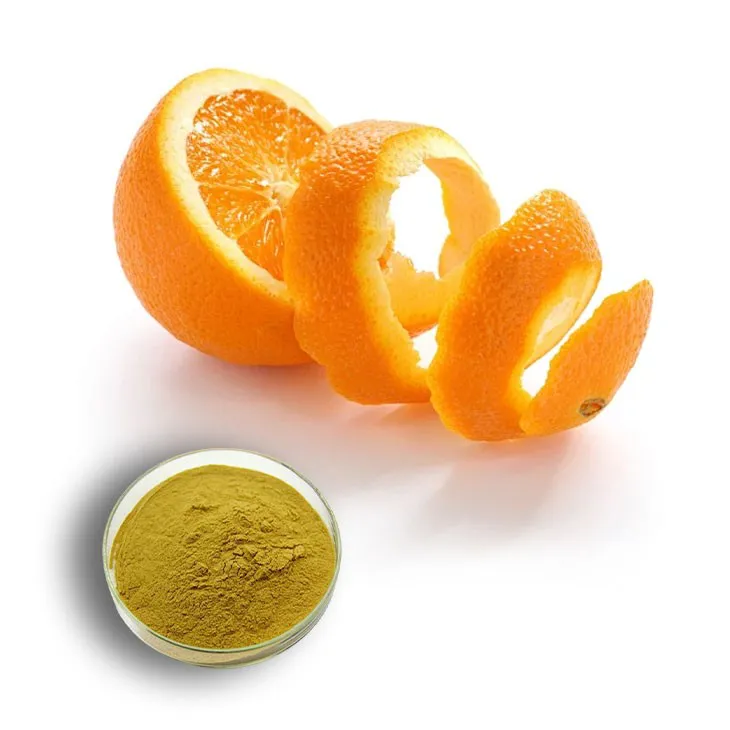
Incorporating Hesperidin into Your Diet
To take advantage of the benefits of hesperidin, individuals are encouraged to include citrus fruits in their diet. Consuming whole fruits is ideal, as it ensures intake of both the juice and the peel, where hesperidin is abundant.
For those seeking concentrated doses of hesperidin, supplements are available. These often come in capsule or tablet form and may be combined with other bioflavonoids for enhanced effects. It is important to consult healthcare providers before starting any supplement regimen, especially for individuals with pre-existing health conditions or those on medication.

Potential Side Effects and Considerations
While hesperidin is generally considered safe when consumed through food sources, higher doses via supplements may lead to side effects in some individuals. These can include stomach upset, headaches, or allergic reactions. Moderation and guidance from healthcare professionals can mitigate such risks.
Conclusion
Hesperidin, derived from the vibrant and nutrient-rich world of citrus fruits, offers a myriad of health benefits supported by its antioxidant and anti-inflammatory properties. Whether through dietary intake or supplementation, hesperidin presents a natural option for enhancing health, particularly in cardiovascular and metabolic domains. Continued research will no doubt shed further light on its potential, but its integration into a healthy diet remains a practical and beneficial step towards improved well-being. By appreciating the origins and functions of hesperidin, individuals can make informed decisions to incorporate this potent flavonoid into their health regimen effectively.
- ▶ Hesperidin
- ▶ citrus bioflavonoids
- ▶ plant extract
- ▶ lycopene
- ▶ Diosmin
- ▶ Grape seed extract
- ▶ Sea buckthorn Juice Powder
- ▶ Beetroot powder
- ▶ Hops Extract
- ▶ Artichoke Extract
- ▶ Reishi mushroom extract
- ▶ Astaxanthin
- ▶ Green Tea Extract
- ▶ Curcumin Extract
- ▶ Horse Chestnut Extract
- ▶ Other Problems
- ▶ Boswellia Serrata Extract
- ▶ Resveratrol Extract
- ▶ Marigold Extract
- ▶ Grape Leaf Extract
- ▶ blog3
- ▶ Aminolevulinic acid
- ▶ Cranberry Extract
- ▶ Red Yeast Rice
- ▶ Red Wine Extract
-
Epimedium extract powder
2025-06-20
-
Black Pepper Extract
2025-06-20
-
Nutmeg Extract
2025-06-20
-
Peppermint Extract Powder
2025-06-20
-
Andrographis Paniculata Extract Powder
2025-06-20
-
Oat Straw Extract Powder
2025-06-20
-
Kupilu Extract
2025-06-20
-
Uridine-5'-monophosphate Disodium salt
2025-06-20
-
Dandelion Leaf Extract
2025-06-20
-
Hericium erinaceus extract powder
2025-06-20











